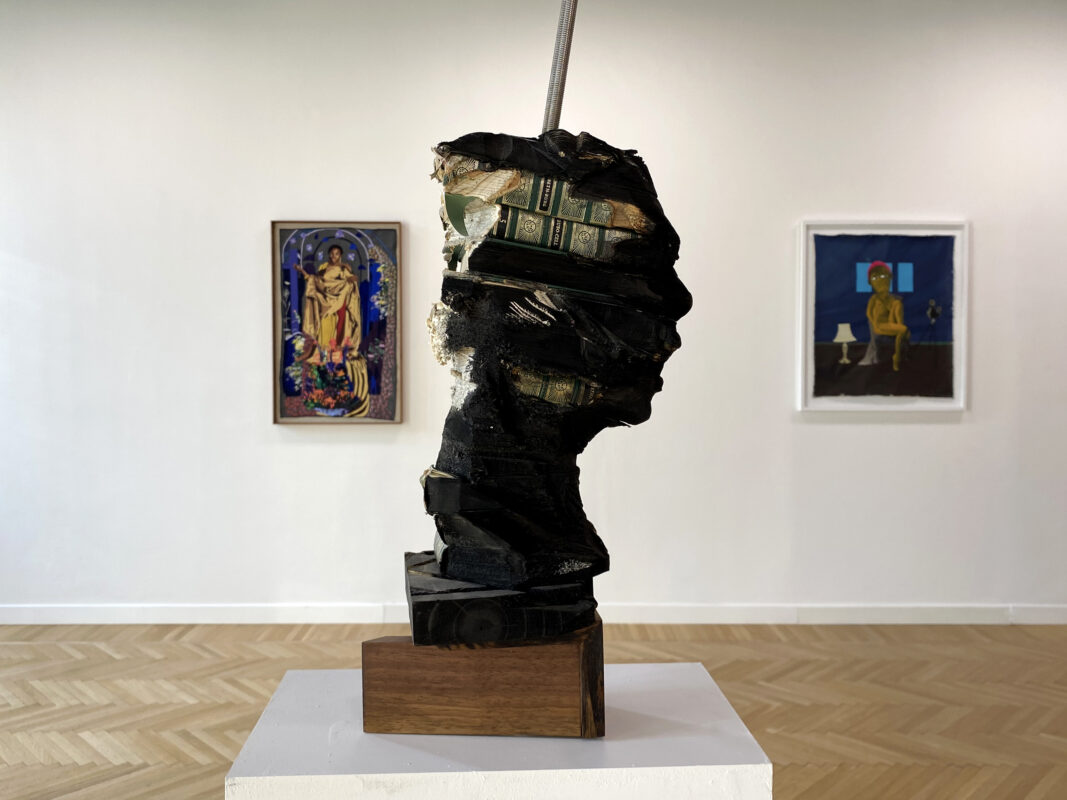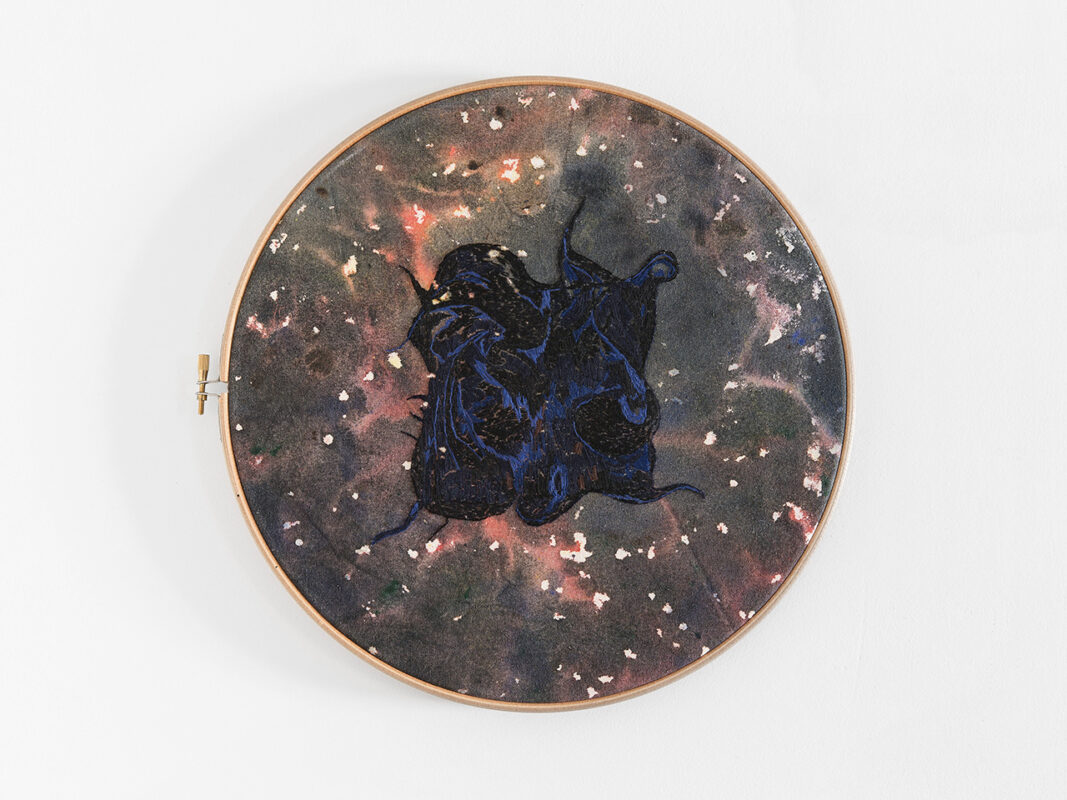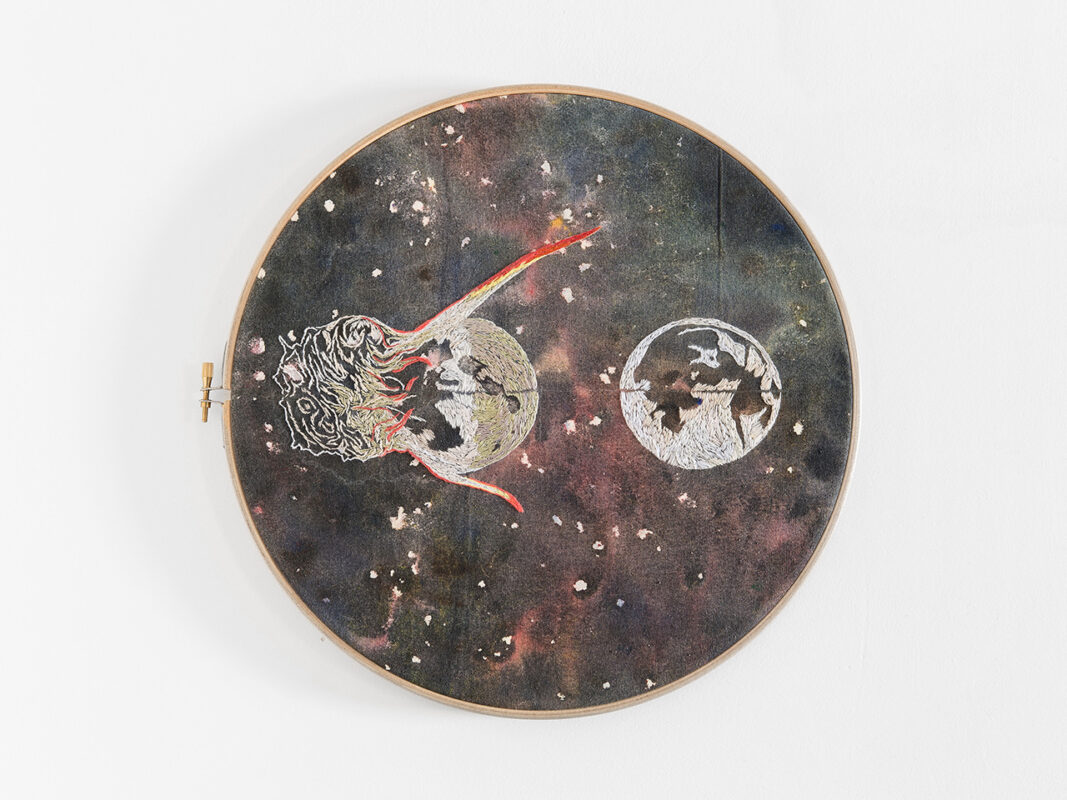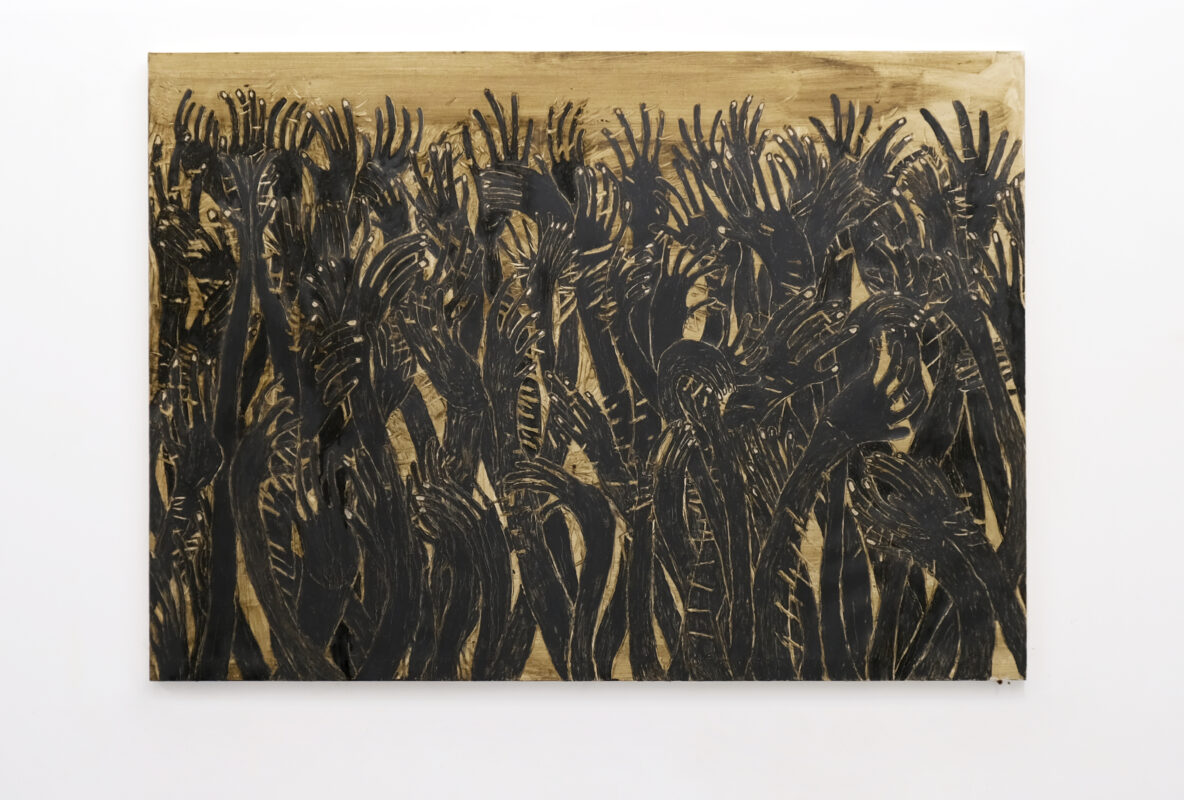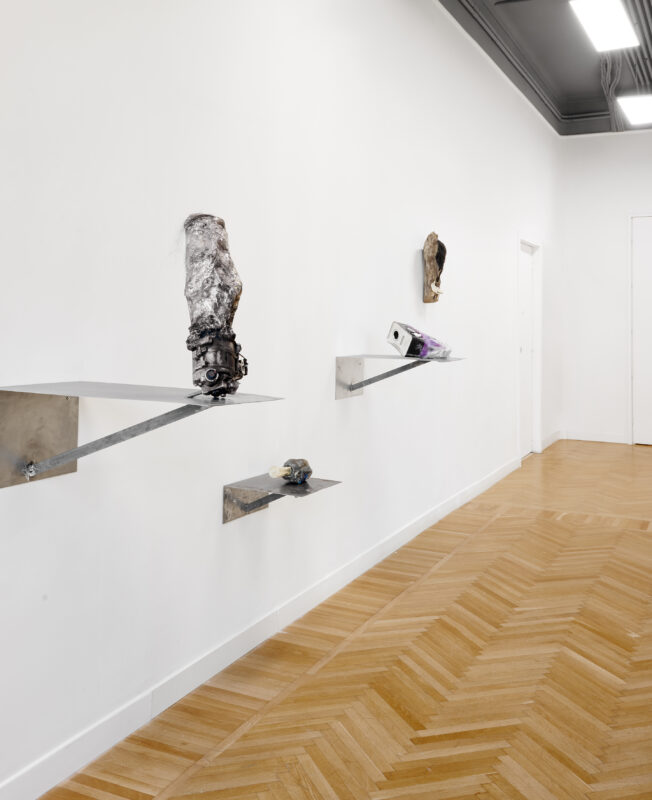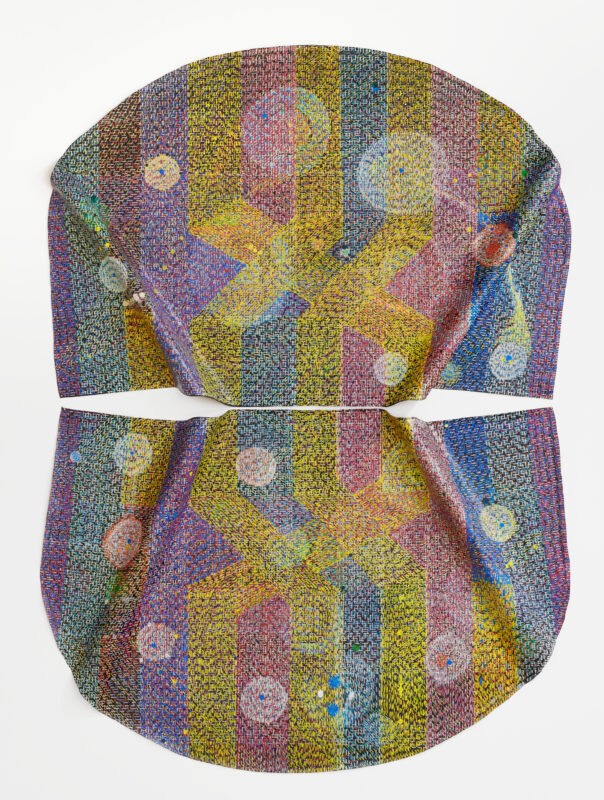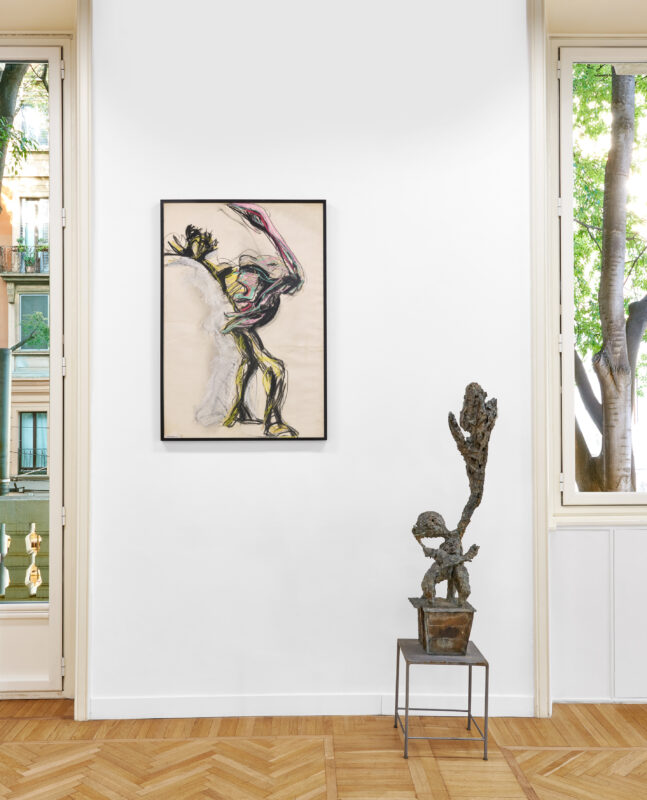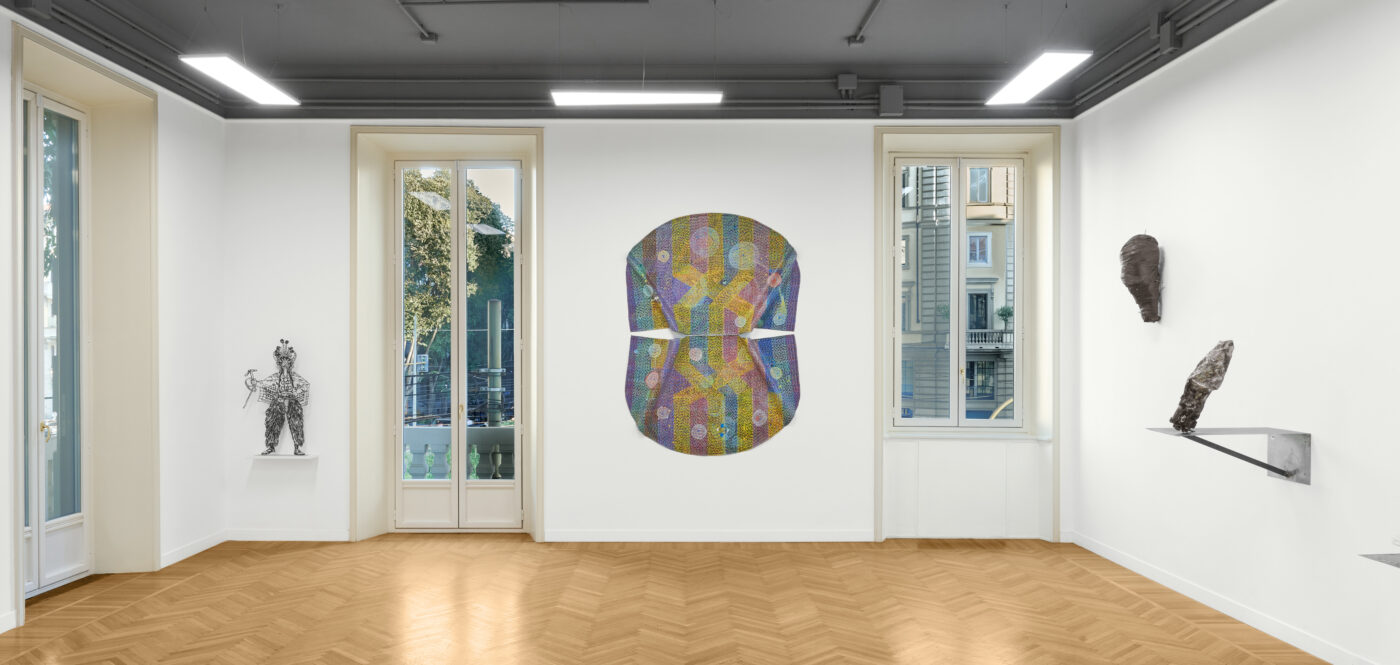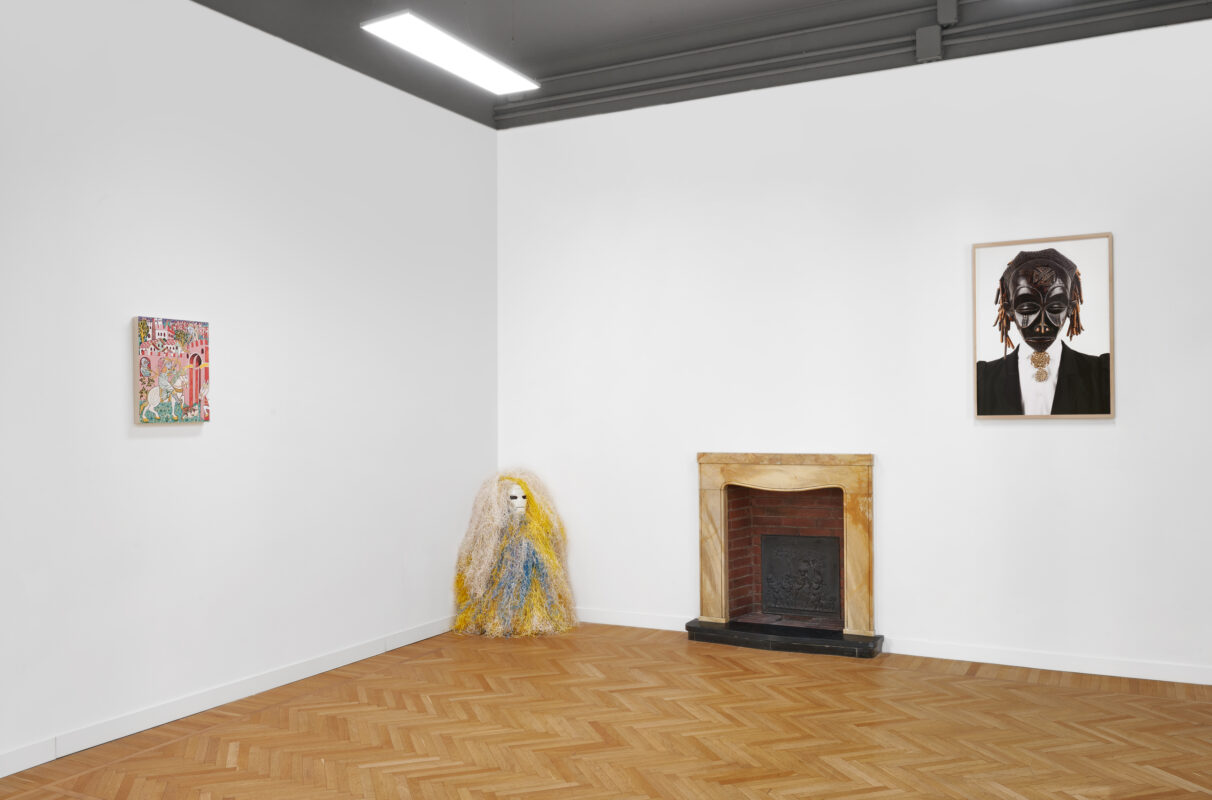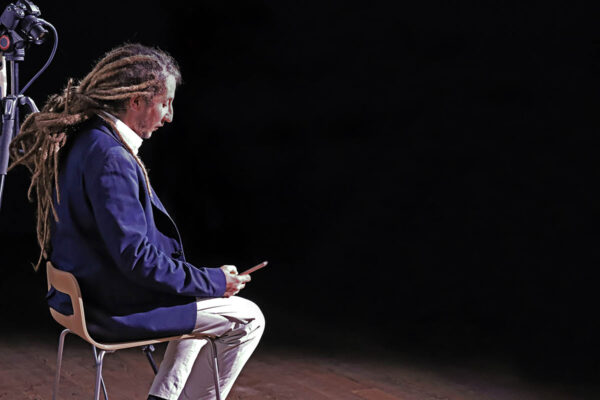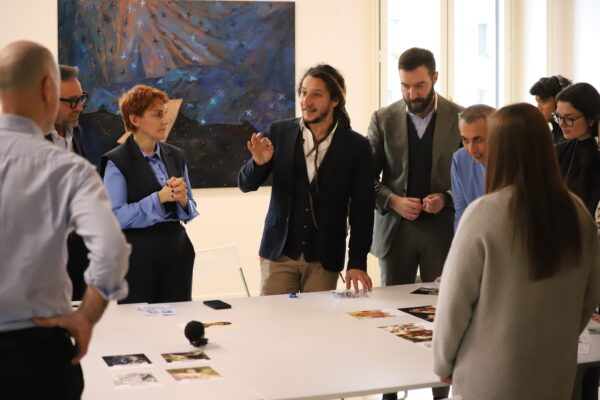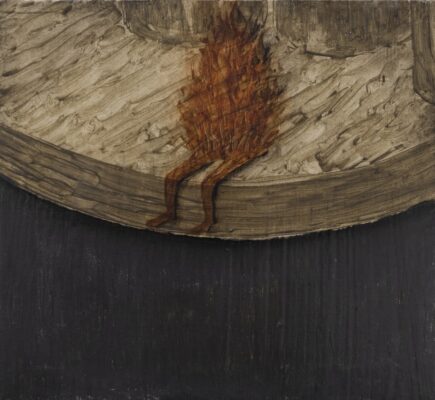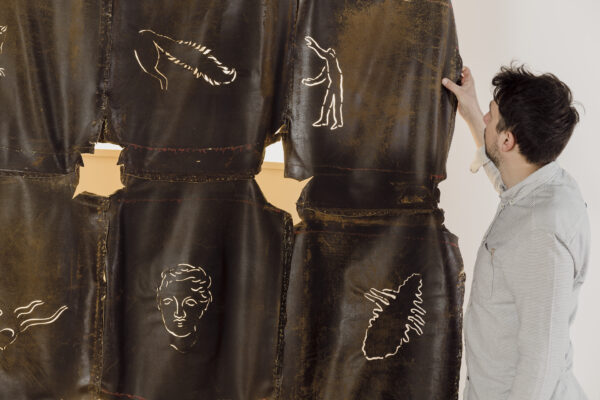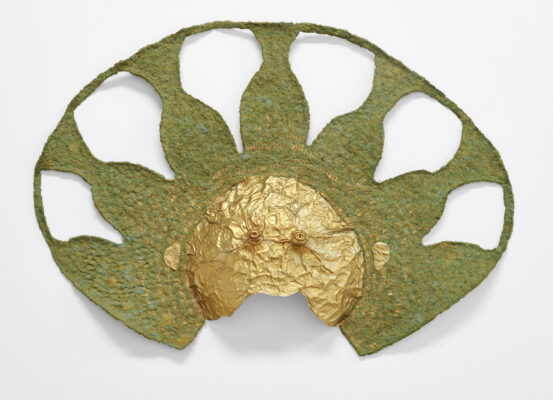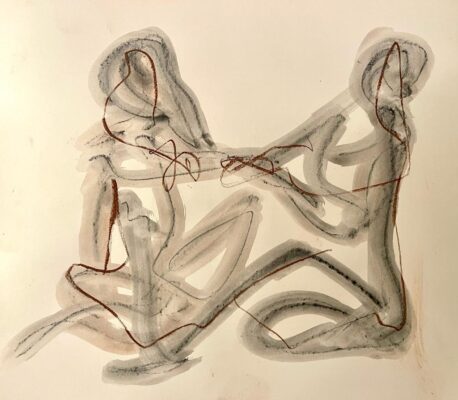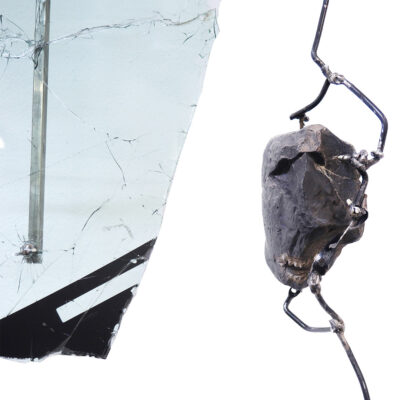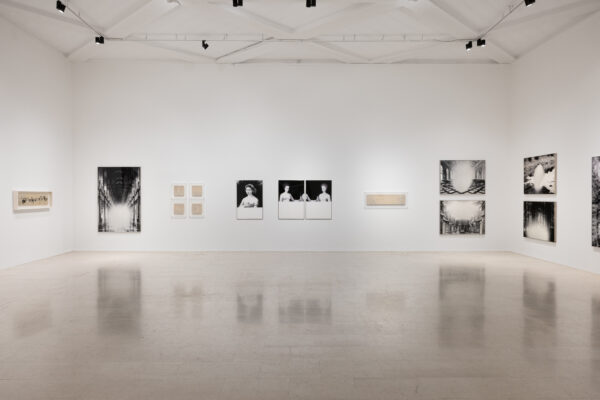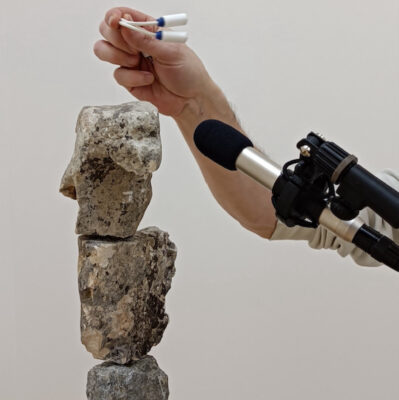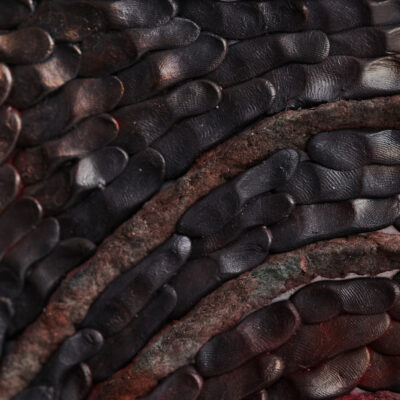Nascosti alla luce del sole
From 21.09.2023 to 27.10.2023
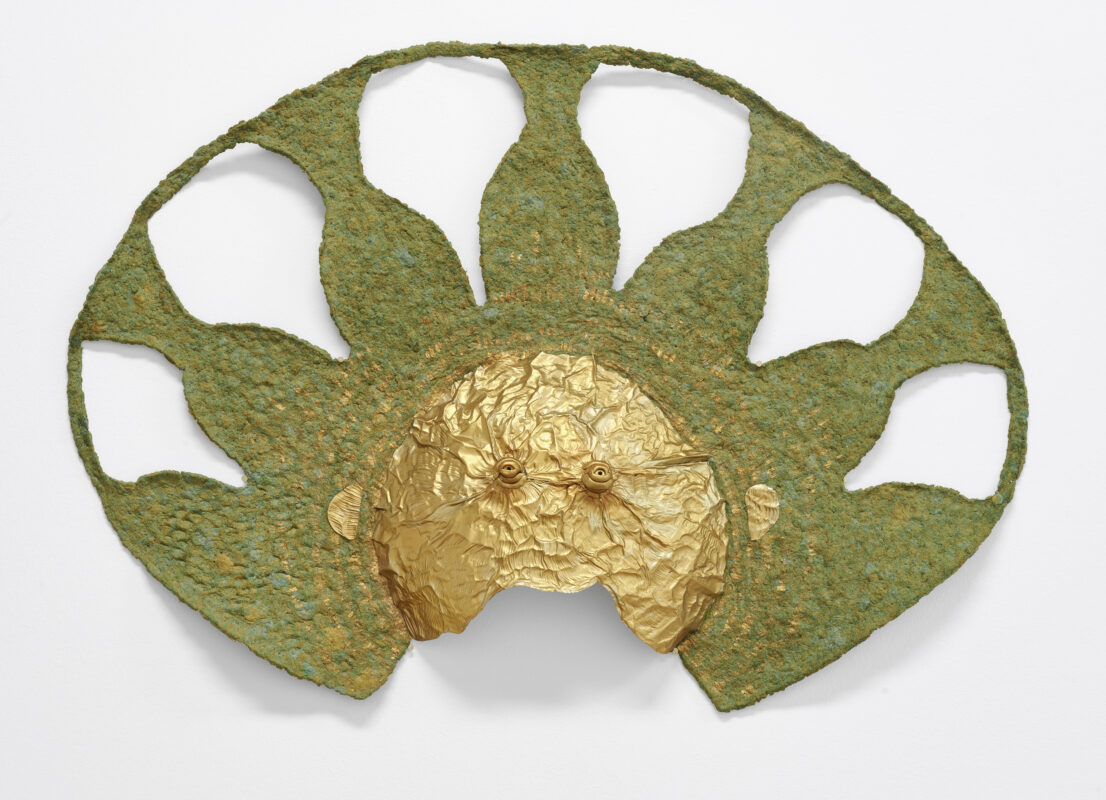
The group exhibition Nascosti alla luce del sole, on display at Nashira Gallery from the 21st of September to the 27th of October 2023, saw the participation of artists from the gallery – Ako Atikossie, Zadok Ben-David, Maria Positano, Emanuele Resce, Alik Cavaliere, Sebastian Thomas – and artists from the private collection Collezione 54 – Chagas Edson, Emo De Medeiros, Kelechi Charles Nwaneri – to create a chain of cross-references and dialogues between artists from different cultures and generations.
The exhibition brought together different interpretations of the theme of the mask, a concept that has accompanied mankind from the earliest times and that, taking on the most diverse facets, remains alive to this day. In fact, man has always felt the need to wear a mask, whether it was to temporarily escape from his own individuality or to disguise himself within specific contexts, or to become, from time to time, albeit temporarily, another person.
The selected works – different in medium, language, form and material as they are different expressions of the individual authors’ artistic research – each emphasize a different aspect of this unique but disruptive concept.
In some populations and according to some beliefs, the mask is worn in rituals linked to the birth of the cosmos and the universe, and would transform the person who wears it into a deity, a demon or another living being. Ako Atikossie (Zalivé, 1980), an artist originally from Togo who has lived in Italy for many years, reflects these themes in his works, and for Nascosti alla luce del sole he exhibited the work dedicated to one of the most recent theories, the “Theory of Everything”: Congettura dello spazio – tempo (2023).
Zadok Ben – David (Beihan, 1949) approaches the theme of the mask from another angle: he deepens the theme of the double. His sculpture, Aya Uma, inspired by the vision of one of the traditional costumes of a festival in Quito, Ecuador, is a representation of a devil from the tradition of the Ecuadorian population, a figure made up of all existing opposites that is part of the Andean conception of the world and the universe.
Very direct is the connection between the bas-relief Mask of 2022 by Maria Positano (London, 1995) and the tradition of funerary masks, in particular, that of Agamemnon.
While the masks of ancient Greece, made to hand down the features of people deemed “important,” were made of precious materials, Positano, while reproducing a certain preciousness in the outcome, uses recycled materials, a practice that is part of her poetic reflection on the themes of environment, gender, tradition, culture and body. Emanuele Resce (Benevento, 1987) also makes use of found elements. He, through their assemblage, gives life to contemporary and anthropomorphic, almost alien deities, in an attempt to bring together the natural and the artificial in a single universe and give rise to a reconciliation between two worlds.
A theme as old as the mask is the change of form, the metamorphosis. Two themes that move in parallel with many points in common. In fact, when we wear the mask, what is accomplished if not a metamorphosis of our features, of our identity? Alik Cavaliere (Rome, 1926 – Milan, 1998) has dedicated many of his works precisely to the theme of metamorphosis. In this exhibition, we have presented a 1958 bronze sculpture from the series Giochi Proibiti – Metamorfosi, an anthropomorphic figure seems to extend an arm upwards, its hand swells to resemble the branches of a tree: a transmutation that cannot fail to remind us of the legend of Apollo and Daphne made immortal by Ovid in his famous Metamorphoses.
Sebastian Thomas (Fayette, Arkansas, 1994), on the other hand, takes up the miniatures of medieval incunabula with chivalric subjects. In his work, the function of the masks is echoed in the armor and helmets that paladins wore in battle to protect themselves but also to intimidate their opponent at the mere sight of them.
From Collezione 54, a private collection that has been focusing its attention on the artistic production of the African continent for about thirty years and which has made the mask one of its key themes, we have selected three works by Chagas Edson, Emo de Medeiros and Kelechi Charles Nwaner respectively.
Internationally recognised, all three artists make use of three different mediums and use masks as a means to address the complex relationship between tradition and contemporaneity.
The Angolan Chagas Edson (Luanda, 1977), with the photograph Tipo Passe (Diana S. Sakulombo), condemns the process of westernization of Africa where new canons of beauty are now being established, portraying himself wearing an ancient African mask but elegant and modern clothes. Emo de Medeiros (Cotonou, Benin, 1979), on the other hand, investigates the issues of post-colonialism and multiculturalism in a science fiction key, creating the sculpture Zangbeta wearing traditional costumes hybridized by artificial materials and robotic parts. Finally, Kelechi Charles Nwaneri (Lagos, 1994) creates a visual reflection on integration and globalisation, creating a painting depicting a woman with face and body painted, seated at a set table, and with an animal wearing the mask of a sphinx at her feet.
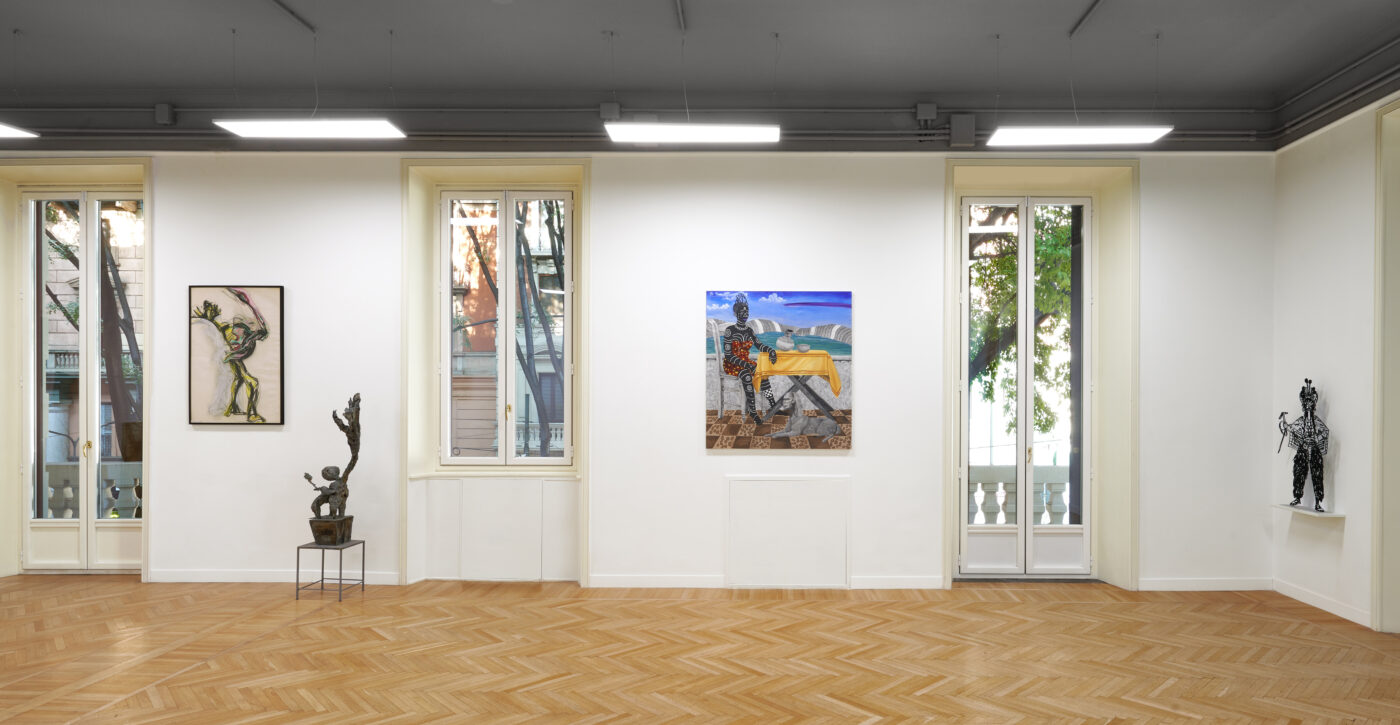
Nascosti alla luce del sole, 2023, installation view, photo: m3studio

